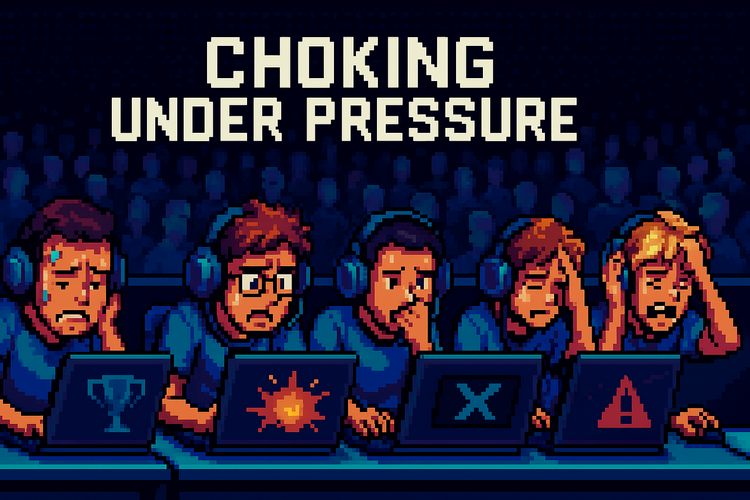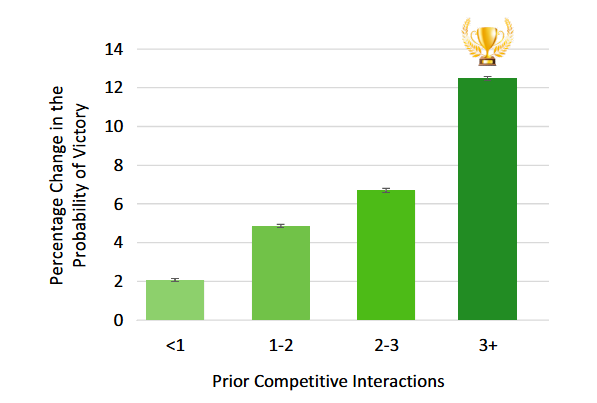The Girlfriend-Gamer Stereotype

Welcome to a brand new episode, everyone.
Today, we're discussing stereotypical perceptions of female gamers, what that means, its impact, and the reasons for it. I will also dispel some common myths about the stereotype on science-based ground.
• Stereotypical perception in gaming: female have lower skill levels than males.
• In LoL, only 4.1% are female gamers.
• There are no differences in skill levels (male vs. female).
• Females played LoL more with their romantic partner.
• Females play the role of Support more often (not due to their sex).
• Reasons may be: they are "relegated", cultural perception of the LoL community, or lower competitive, and higher agreeable levels.
Gaming today provides a landscape and an equal ground for males and females to participate in. On this even playing field, male gamers still have the upper hand in sheer numbers. Although this has changed in recent years, the stereotypical perception of males being better at video games stands strong. This is particularly the case in the competitive part of gaming, namely Esports, showing a gender disparity [1, 2].
This, however, is problematic as those stereotypical perceptions - or even in-game threats - have negative effects, especially on the performance of female gamers [2, 3]. This aspect of the gaming culture causes gaming to be a less inclusive place [4], and may discourage fewer female players from participating in Esports.
"[It is therefore important] to understand the social, psychological, and cultural barriers facing female players, so as to make competitive gameplay a more inclusive space [4]."
⚙️ Interviews & Data
In the 2015 study by Ratan and colleagues [4], League of Legends gamers were first interviewed, and in a second step, data from 16,821 LoL players was analyzed. The data was provided by Riot Games. In the sample, only 4.1% were female. In order to assess performance, the kill-death ratio, assists-death ratio, and players' skill (Elo) were used.
🏁 Results
First of all, let's examine performance. In the study, it was found that indeed male players have a higher skill rating (Elo) than female players. But, the good news is that the effect size was very small, meaning the players' sex actually had very little to do with it.
"[...] the difference in actual skill between males and females was found to be negligible for those who have played the same number of matches [4]."
One interesting finding of the study was "that 73% of the female players reported playing with a romantic partner at least rarely [...] [4]." What they also found was that the female players played LoL more often with their partners than their male counterparts did. In other words, when the females play LoL it's mostly with their partners, whereas males play anyway.
Another aspect of couples playing together was that females took over the in-game Support role more often than males in the sample. However, this, again, had a small effect size, so the player's sex had very little to do with it. The same goes for the female gamer's level of confidence in killing an opponent, and competitive abilities.
🤔 Implications
The elephant in the room is the perception—the stereotype—of a female gamer as having lower skill levels. Unfortunately, today, I cannot tell you the reasons for this stereotype. Now, the good news is, according to the study results, female players are similar in skill level.
"This [the perception of a skill difference] is inconsistent with the stereotype, which suggests that males accrue game skills more readily than females [4]."
One of the primary sources mentioned here is that female gamers play the role of Support in LoL way more often, but it has nothing to do with their sex. This means that there have to be other reasons for it. The authors suggest that the sex disparity in gaming stems from the cultural perceptions within the LoL community. They also proclaim the girlfriend-gamer stereotype, and that female gamers play Support more often with their partners is because they are "relegated."
All these reasons are very realistic, but let me propose an alternative. We saw that 73% of female gamers play LoL more often than the males with their romantic partners. This does not mean that they play less, but they may play other games instead. We also know, from other research, that females tend to play less competitive games. Knowing this explains why LoL may not be at the top of a female gamer's list of games, and why the study only found 4.1% of the participants to be female.
Now, let's go deeper into the link between why female play more Support. When your romantic (male) partner asks you to play LoL and you agree, chances are that both of you want to play together. Female gamers, more often than not, play a more competitive game (LoL) only with their partners in order to spend time with them in-game. Spending time together in-game literally means in-game, and probably the same lane. In LoL there is just one way to do that - the bottom lane.
This makes total sense from various perspectives, such as wanting to play together (as I just explained). The sense that, as a couple, you can outplay the enemy lane because you are the "better team" with better communication, etc., adds to the appeal.
Now, in such a case, one of the two has to pick up the Support role. According to the study's participants, the ADC role is perceived as more desirable than the Support role. As a consequence, there is generally an inherent discussion about who gets to play ADC and who plays Support.
There are plenty of ways to handle this situation, and we can delve deeper into it. But for the time being, know this: women, on average, are more agreeable than men, meaning they tend to give in earlier. Consequently, this may explain why females, who seem to play LoL (a competitive game) more often only with their romantic partner, pick the role of Support.
See you next week.
Christian 🙃
Join over 250+ (🤯) Gaming Science subscribers and become smarter every week.
"I love this type of content, thank you Chris."
📜 References
[1] Taylor et al., 2009
[2] Yusoff, & Yunus, 2021
[3] Kaye, & Pennington, 2016
[4] Ratan et al., 2015






